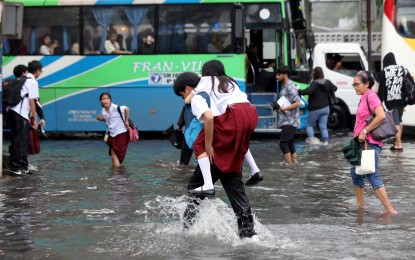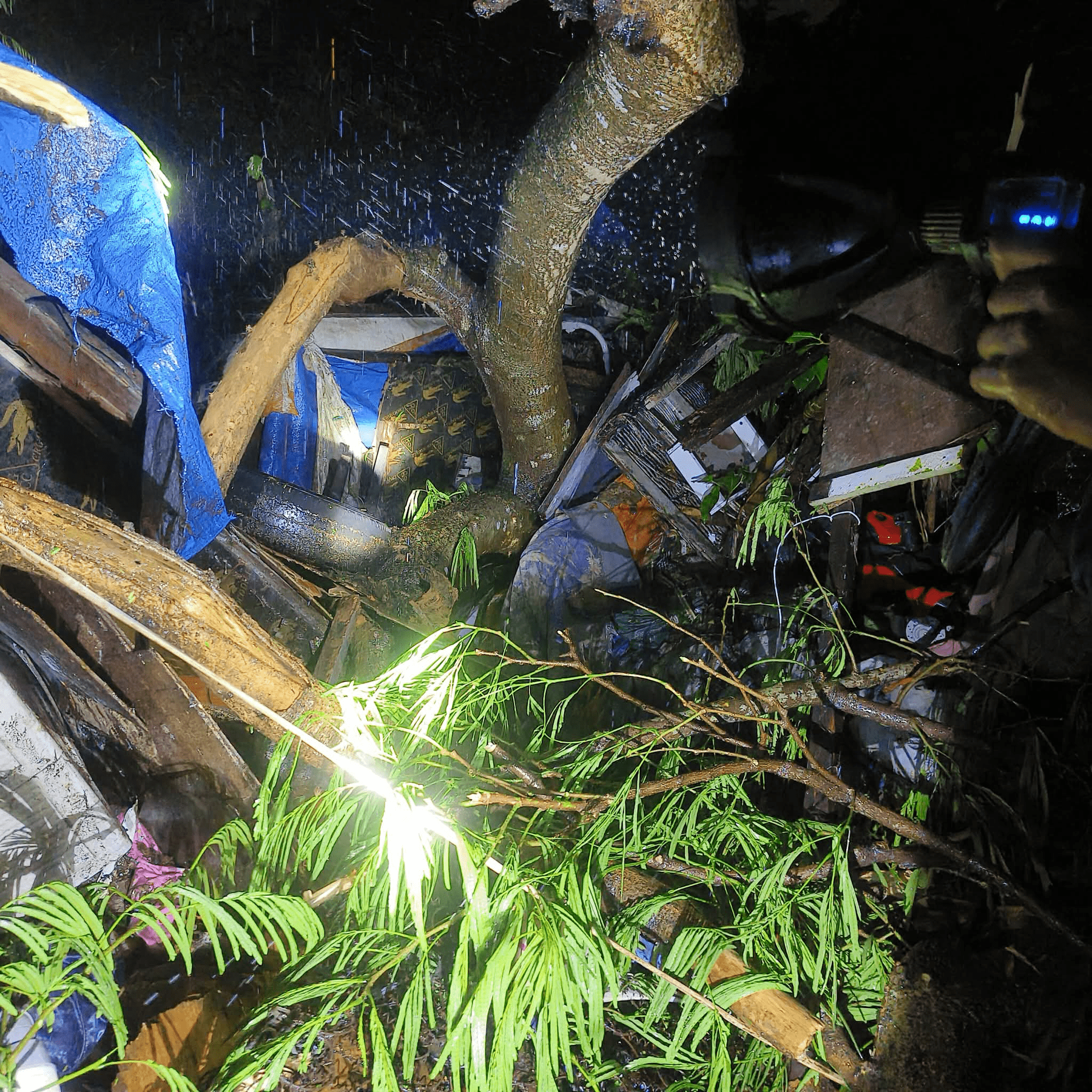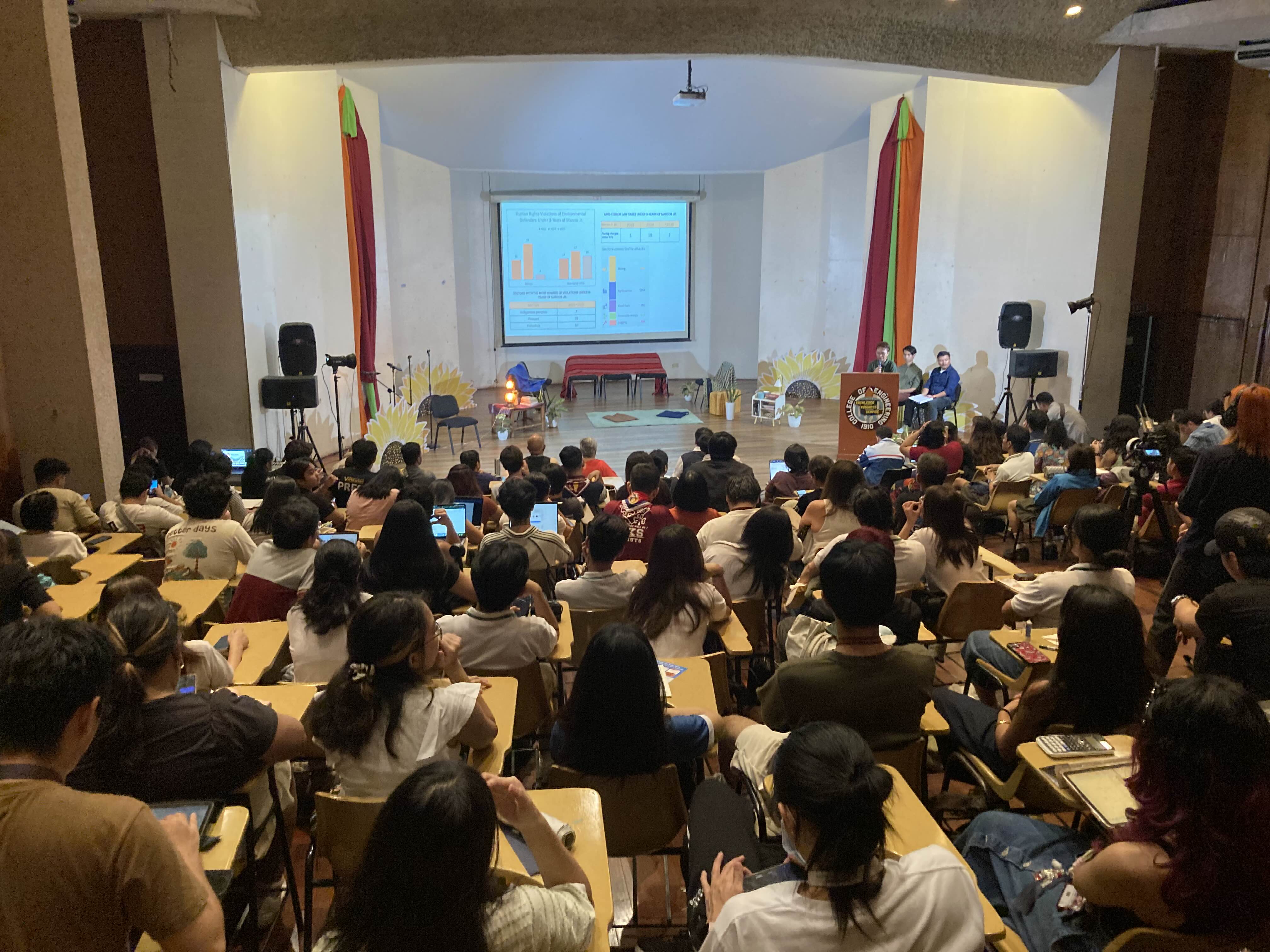Every year, it’s as if the government is surprised by the fact that the Philippines is a typhoon-prone nation when it scrambles to decide whether or not to suspend classes.
The suspension system remains a hotpot of conflicting rules and jurisdictions of LGUs, schools, and DepEd. Different LGUs suspend classes at wildly different times, to the detriment of students. DepEd, meanwhile, mainly depends on the mechanical numbers of wind signals and rainfall warnings, which fail to represent localized impacts. Only on July 22 was the DILG given unilateral authority to suspend classes.
The government is slow to reform class suspension policies because suspensions may worsen learning loss among Filipino students, if DepEd Sec. Sonny Angara is to be believed. But this is exactly why students need a well-prepared and consultative class suspension policy. Such reforms could include ensuring more timely and consistent announcements at least a day in advance, coupled with a rigorous forecasting, monitoring, and consultation system in individual LGUs.
But cancelling classes is not the root cause of climate-related learning loss; it is inefficiencies and, in some areas, the lack of climate-resilient infrastructure in our roads and schools. The government cannot just accept the climate situation as the “new normal,” as President Ferdinand Marcos Jr. puts it—it must implement these infrastructure projects in a consultative and transparent manner.
Since 2022, the current administration has poured half a trillion pesos into flood control projects—yet floods persist due to their ignorance of proper urban planning and ecosystem preservation. With this, and the broken transport system, students and teachers struggle to reach schools. And even then, they are not safe: within just a week, over 3,000 classrooms had already been damaged by the onslaught of the habagat.
Although DepEd’s public-private partnership last year plans to construct 15,000 disaster-resilient classrooms, we could predict its outcome by remembering that a similar agreement was made in 2017, which was flagged by the Commission on Audit due to its setbacks of unfinished classrooms.
So beyond class suspension policies, localized planning and consultations have to go hand-in-hand with infrastructure programs. UNESCO supports this argument, saying that climate change adaptation should be integrated into the sector’s plans, budgets, and strategies in the first place.
Furthermore, for groups of teachers, such as the Alliance of Concerned Teachers, increased funding for the education sector would ideally enable the establishment of climate-resilient classrooms—something that could deal with heat waves and flooding by being adequately ventilated and away from flood zones. The need for this becomes more pressing as studies show that the supposed “new normal” would only continue to increase in intensity and frequency in the upcoming decades.
The problem of learning loss is real. But so is the worsening rain and flood situation in the country that students and teachers are forced to go through without accommodating systems in place. The need for a stable and efficient policy on class suspensions is just the beginning of the problem; the government should thoroughly invest in finding the solution to the country’s climate vulnerability. ●
First published in the July 28, 2025, print edition of the Collegian.







